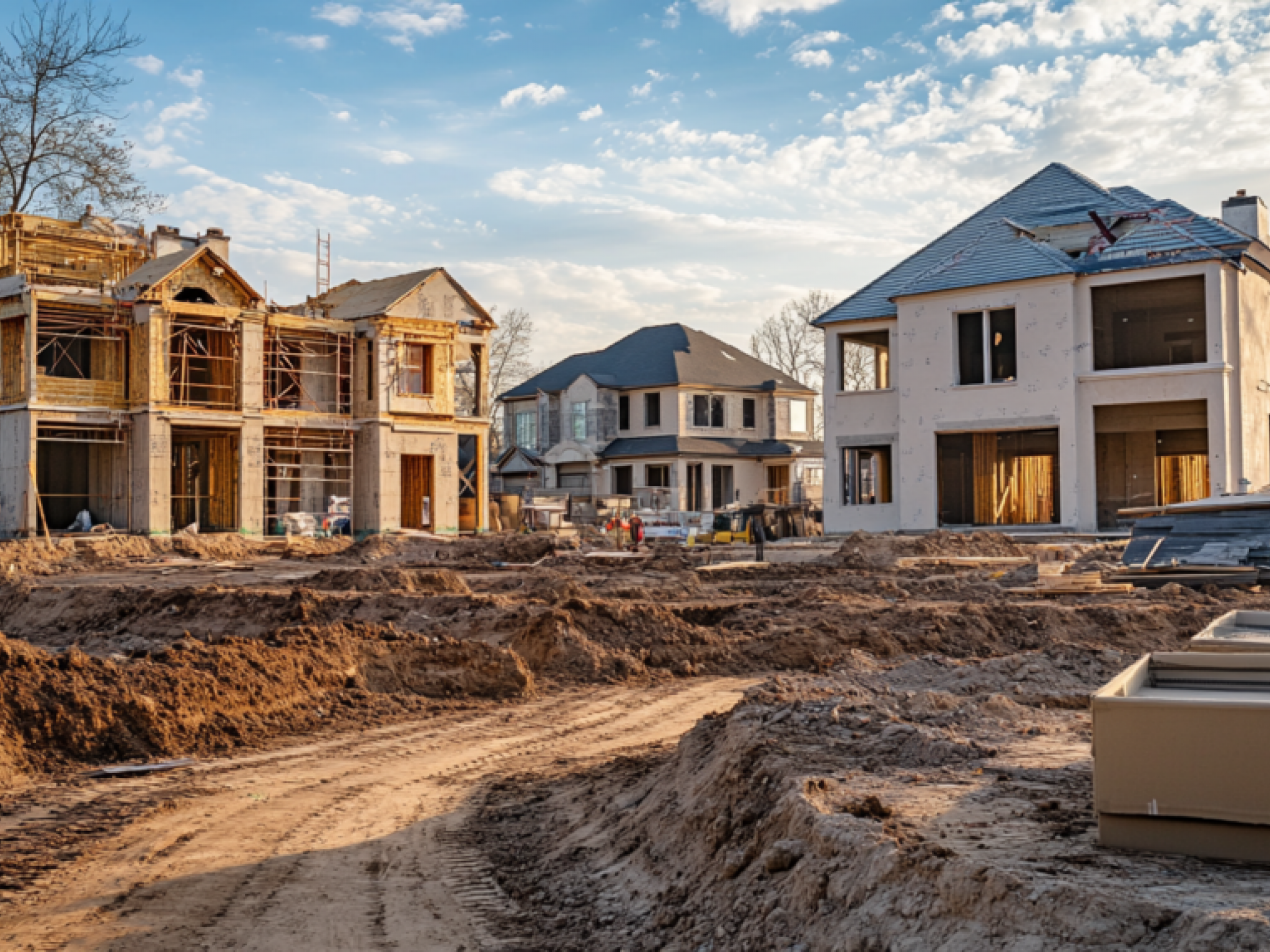Housing Pains? Some ETFs Can Still Build Gains
Author: Chandrima Sanyal | September 02, 2025 03:42pm
ETF investors who monitor U.S. construction are witnessing a story of two markets. Mortgage rates, which continue to keep homebuyers on the sidelines, have homebuilder-targeted funds having trouble finding traction, but infrastructure ETFs are quietly gaining from consistent government spending.
Also Read: Homes Have Shrunk To The Smallest Average Size In 20 Years: Here’s Why It Happened
The iShares U.S. Home Construction ETF (BATS:ITB) and SPDR S&P Homebuilders ETF (NYSE:XHB), both densely populated with builders, suppliers, and associated companies, reflect the housing industry’s interest-rate sensitivity. Higher borrowing costs have tempered demand, driven new-home inventories to a 16-year high, and pressured residential investment for three consecutive quarters. Even a slight July increase of 0.1% in single-family housing expenditure hasn’t been sufficient to alter sentiment significantly.
On the other side of the balance sheet, infrastructure-driven ETFs like the Global X U.S. Infrastructure Development ETF (BATS:PAVE) also have some resistance. Federal construction spending in July rose 3.2%, while state and local budgets remained unchanged, increasing overall public building by 0.3%. Those flows support demand for construction materials, engineering services, and industrial companies that flow directly into these funds’ holdings.
The Context
U.S. construction spending slipped 0.1% in July, following a 0.4% decline in June, the Commerce Department reported. Compared with a year earlier, spending was down 2.8%. Private construction fell 0.2%, with multifamily housing down 0.4% and private nonresidential projects—including offices and manufacturing facilities—off 0.5%.
Combined, the data highlight a split among construction-themed ETFs. Rate-sensitive homebuilders remain at risk until borrowing costs materially decline, but infrastructure-biased funds may be able to continue to benefit from stable government projects and spending plans, offering investors relative shelter in a slowing construction cycle.
For ETF investors, it’s a timing decision: whether to remain guarded on housing until the Fed is forced to reduce rates, or to switch into infrastructure exposure where the concrete is still being laid down.
Read Next:
Image created using artificial intelligence via Midjourney.
Posted In: ITB PAVE XHB





